Optimal Timing for Foundation Repairs
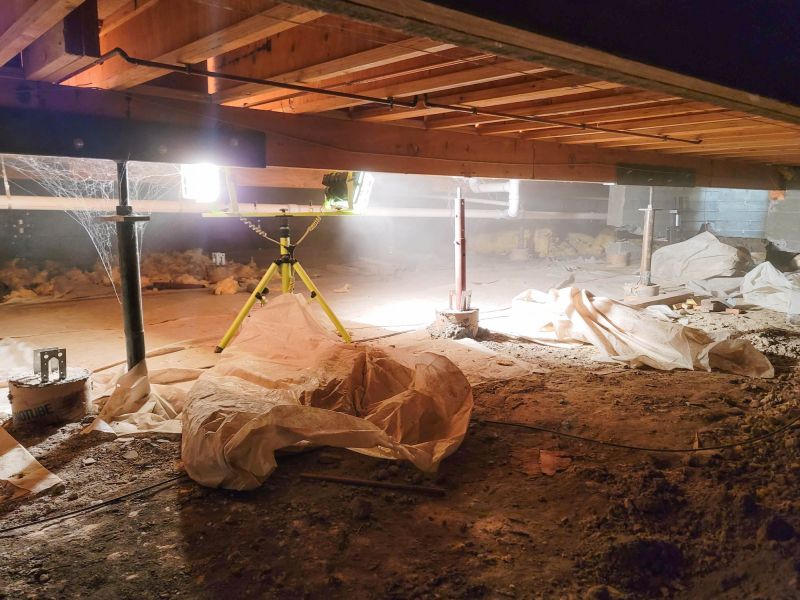
Spring offers moderate temperatures and stable moisture levels, making it ideal for foundation repairs.
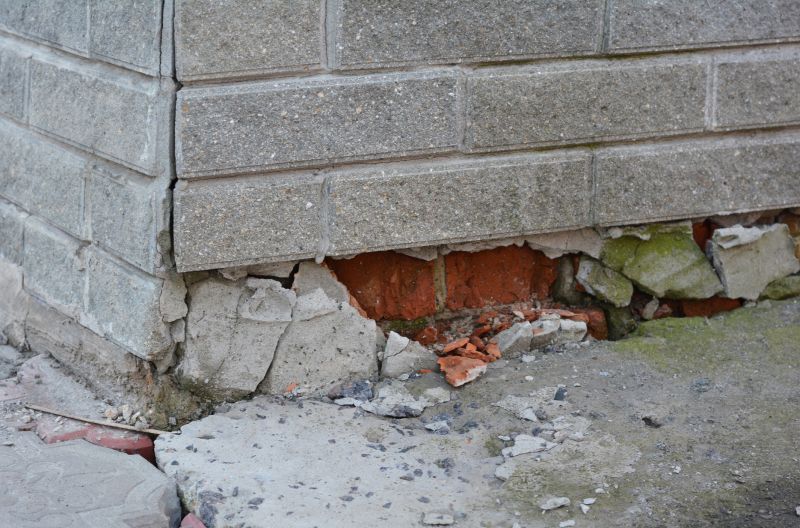
Summer's warm weather facilitates certain repair methods, but excessive heat and dry conditions can pose challenges.

Fall provides cooler temperatures and less humidity, which can be advantageous for foundation work.

Winter is generally less suitable due to freezing temperatures and potential snow or ice interference.
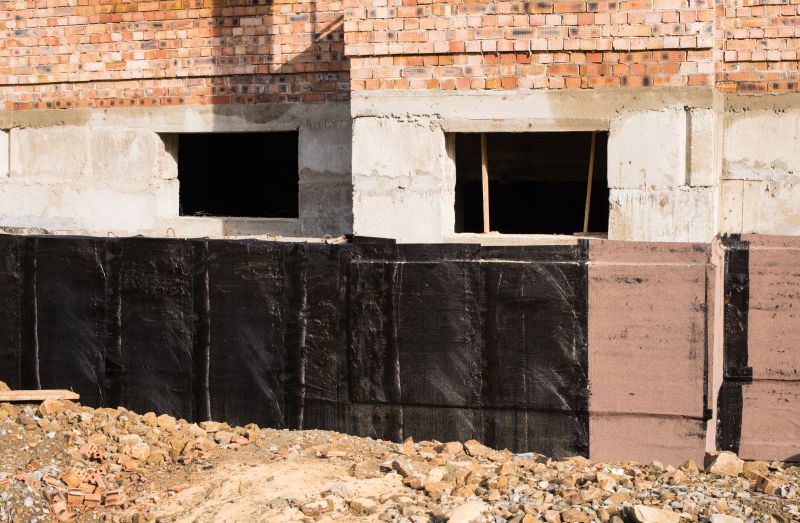
Typically, late spring to early fall is considered the best window for foundation repairs, depending on local climate conditions.
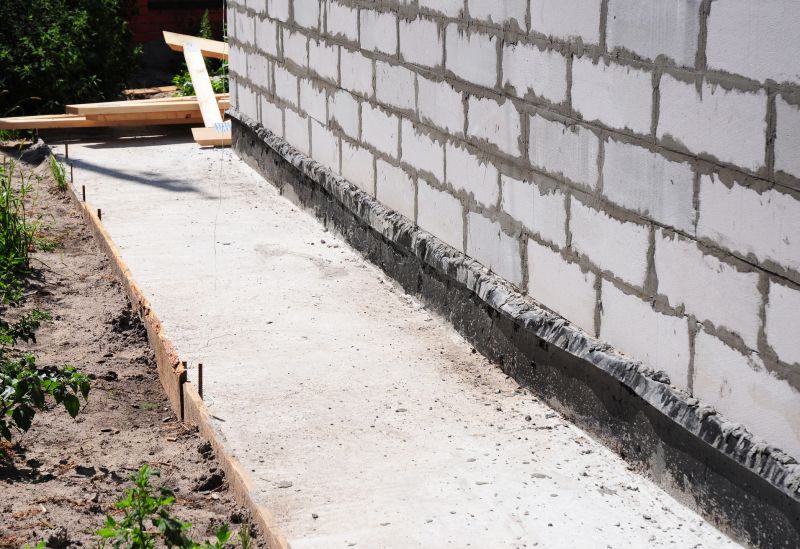
Finishes and colors that play nicely with Foundation Repairs.
Foundation repairs are crucial for maintaining the structural integrity of a building. They address issues such as settling, cracking, and shifting that can compromise safety and property value. Timely repairs can prevent more extensive and costly damage over time. The best time to undertake such repairs often depends on weather conditions, soil moisture levels, and temperature stability.
Statistics indicate that over 25% of homes in Wisconsin experience foundation issues due to soil movement and moisture fluctuations. Addressing these problems promptly can extend the lifespan of a building and ensure safety for its occupants. Planning repairs during favorable weather conditions minimizes delays and enhances the effectiveness of repair techniques.
Cracks in walls, uneven floors, and sticking doors can indicate foundation problems requiring repair.
Common methods include piering, underpinning, and slabjacking, tailored to specific issues.
Clay soils expand and contract with moisture changes, influencing the timing of repairs.
Extreme cold or heat can affect repair materials and methods, making season selection important.
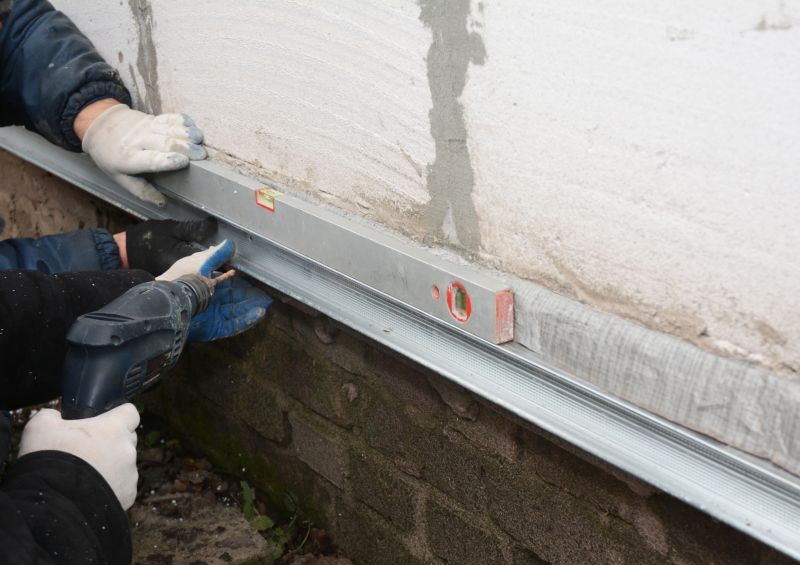
Visual of foundation stabilization techniques being applied.
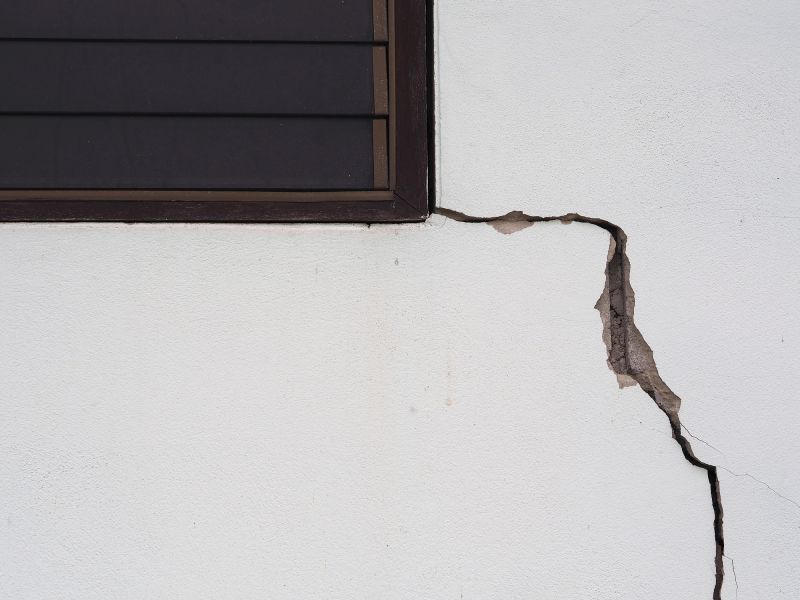
Close-up of typical foundation crack patterns.
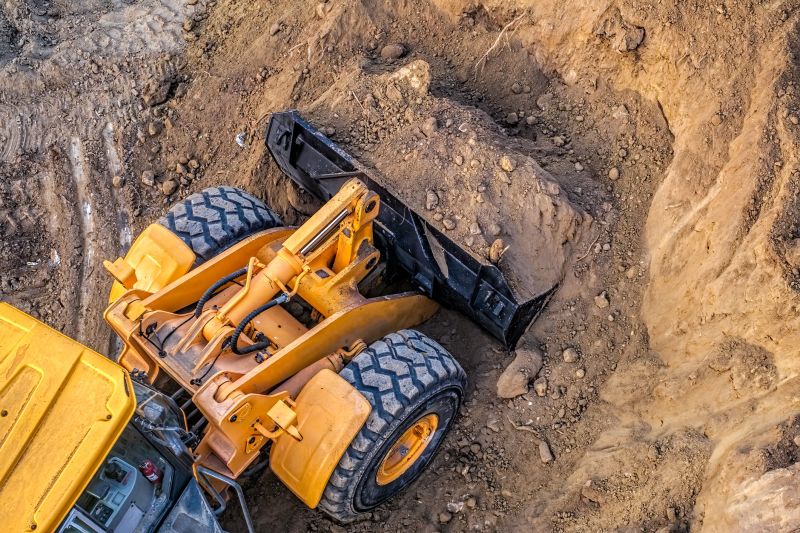
Equipment used to improve soil conditions before repairs.

Installation of piers to lift and stabilize a settling foundation.
| Season | Advantages |
|---|---|
| Spring | Moderate weather and soil moisture levels facilitate repairs. |
| Summer | Warmer temperatures support certain repair methods. |
| Fall | Cooler weather with less humidity reduces delays. |
| Winter | Typically less suitable due to freezing temperatures. |
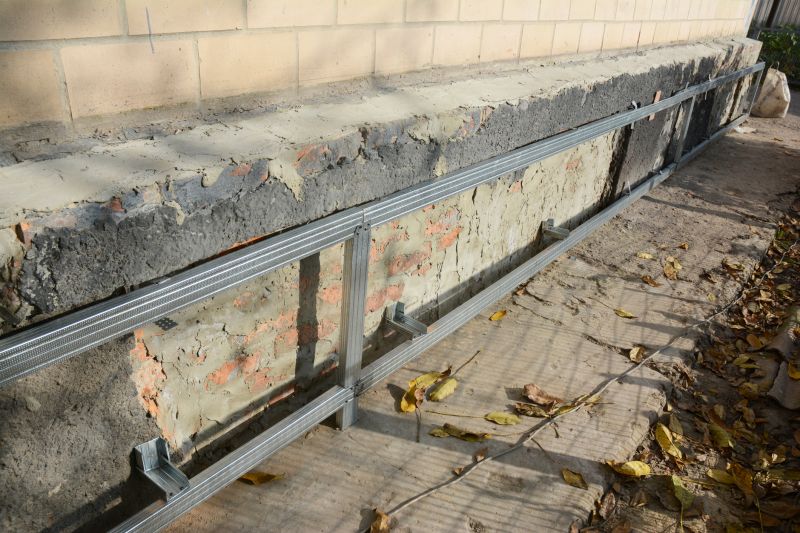
Comparison images showing foundation stabilization results.
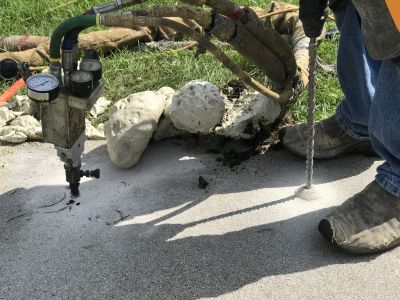
Tools and machinery used in foundation repair projects.

Little measurements that prevent headaches on Foundation Repairs day.

A 60-second routine that keeps Foundation Repairs looking new.
Understanding the optimal timing for foundation repairs is essential for effective and lasting results. Proper planning based on seasonal conditions can reduce repair costs and prevent further damage. Regular inspections can help identify issues early, allowing repairs to be scheduled during the most suitable periods.
For homeowners in Grafton, WI, considering seasonal weather patterns and soil conditions can significantly impact the success of foundation repair projects. Consulting with a foundation specialist can provide tailored advice to determine the best time for repairs based on local climate and soil characteristics.
Interested in foundation repairs? Fill out the contact form to get started.

